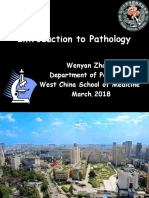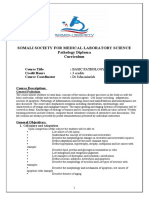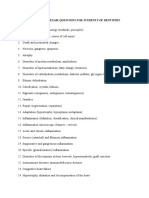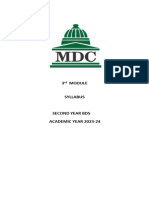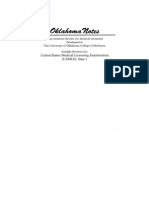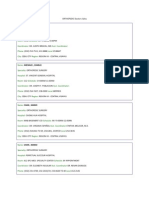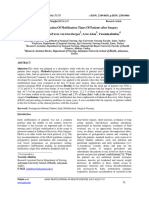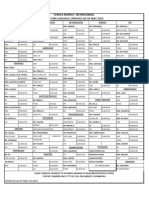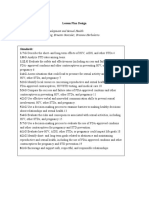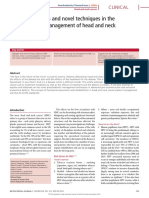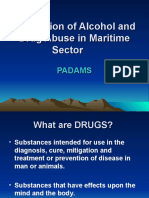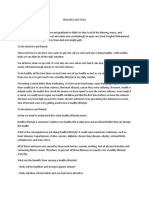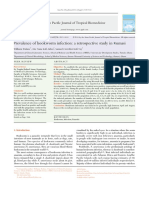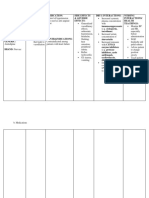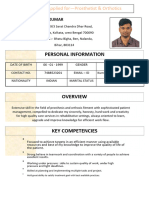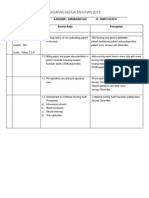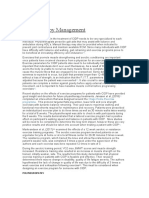0% found this document useful (0 votes)
356 views5 pagesBasic Human Pathology Course Guide
This document provides information about a basic human pathology course taught at Tufts Dental School, including an overview, objectives, and syllabus. The course covers general pathology processes and systemic pathology affecting different organ systems. It aims to provide foundational knowledge for other dental courses and aid in understanding patient management. The course is divided into two parts - general pathology covering basic processes, and systemic pathology reviewing diseases by organ system. Students are evaluated through interim exams and a final exam assessing their knowledge of pathology terminology and processes.
Uploaded by
Darwin D. J. LimCopyright
© © All Rights Reserved
We take content rights seriously. If you suspect this is your content, claim it here.
Available Formats
Download as DOCX, PDF, TXT or read online on Scribd
0% found this document useful (0 votes)
356 views5 pagesBasic Human Pathology Course Guide
This document provides information about a basic human pathology course taught at Tufts Dental School, including an overview, objectives, and syllabus. The course covers general pathology processes and systemic pathology affecting different organ systems. It aims to provide foundational knowledge for other dental courses and aid in understanding patient management. The course is divided into two parts - general pathology covering basic processes, and systemic pathology reviewing diseases by organ system. Students are evaluated through interim exams and a final exam assessing their knowledge of pathology terminology and processes.
Uploaded by
Darwin D. J. LimCopyright
© © All Rights Reserved
We take content rights seriously. If you suspect this is your content, claim it here.
Available Formats
Download as DOCX, PDF, TXT or read online on Scribd
/ 5




